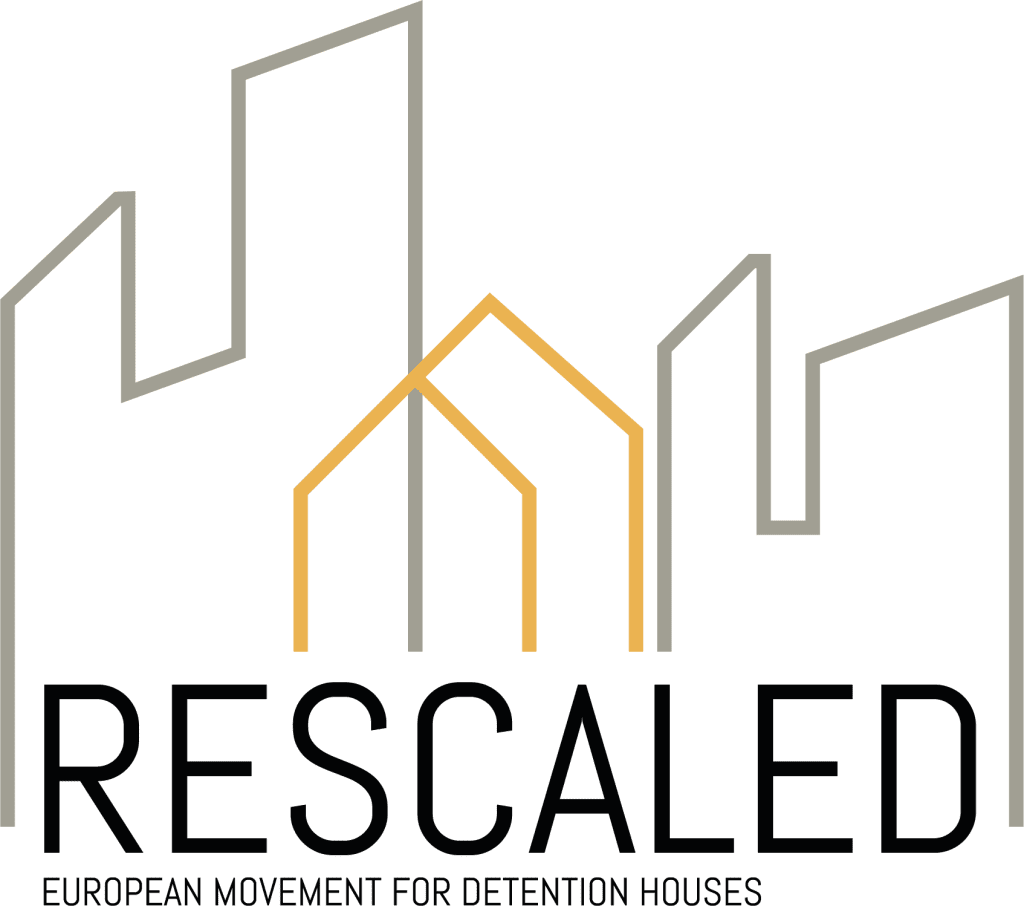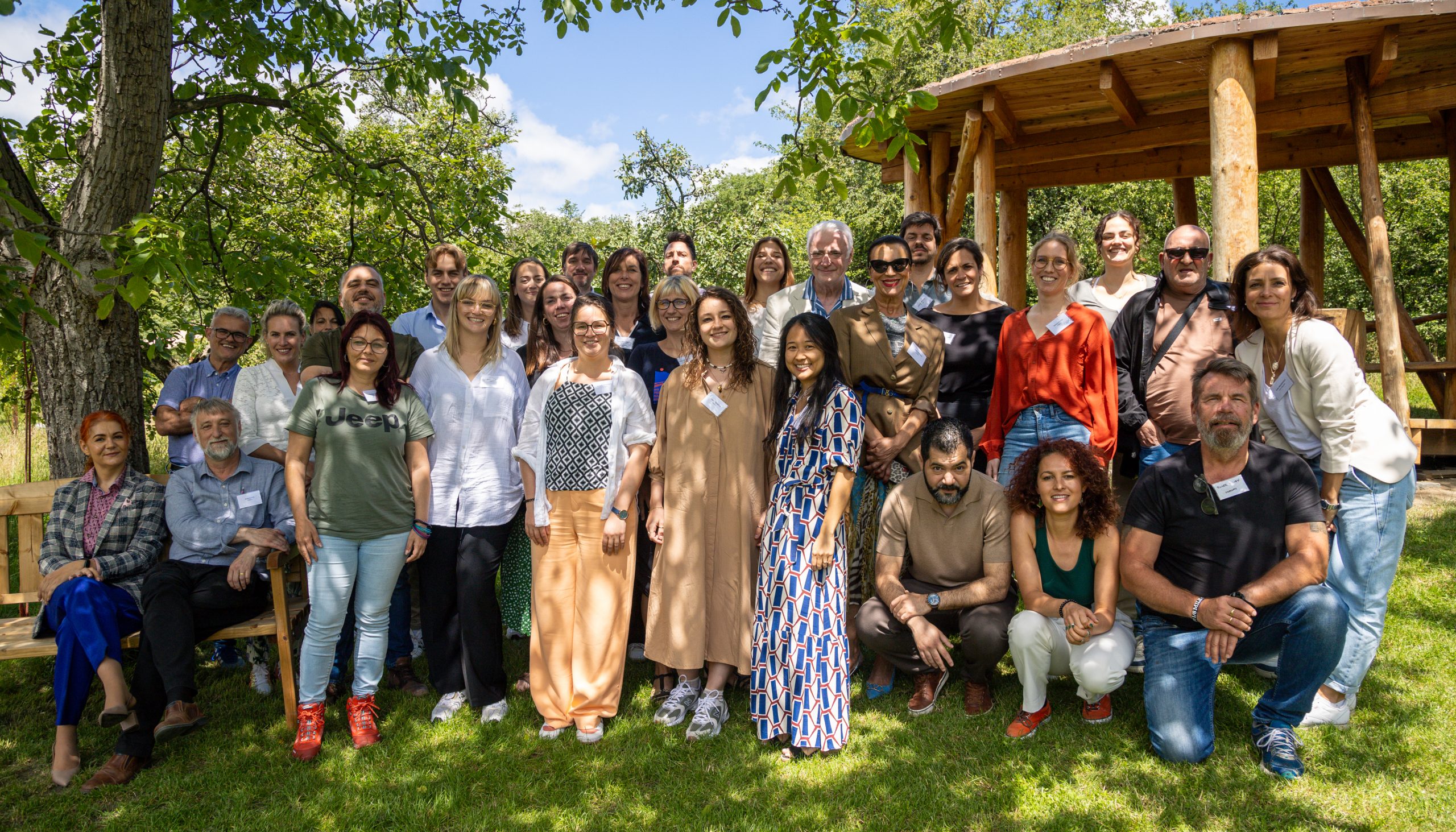Autonomy is a fundamental human need. This is also true for incarcerated people. However, when people are detained in a closed setting, they lose a great deal of their autonomy. Their freedom of movement is limited and so is their freedom of choice. Even small things like toilet paper become something they have to ask for. Things that were normal, without ever thinking about them, become suddenly impossible.
Autonomy and self-reliance are two concepts that recur in almost all discussions and stories about detention houses, pilot projects, alternative wards, and experimental regimes that exist or have existed in Dutch prisons.[1] In these discussions, autonomy and self-reliance are considered crucial for incarcerated people’s future perspectives, motivation, and the ability to make the right choices.
RESCALED proposes to implement liberty-deprivation in detention houses instead of prisons. While re-thinking the way in which liberty-deprivation takes place, let us also re-think the way in which people in detention can continue to exercise autonomy. The many small detention houses will differ from each other in terms of security levels, methodologies and working methods, interaction with the neighborhood, and involvement of support networks. This also means that the opportunities for autonomy and self-reliance can be individually-tailored and should only be restricted as far as strictly necessary.
Competence, belonging and autonomy are three psychological needs of any human being
Let us now take a closer look at the concepts of autonomy and self-reliance, and how they relate to human brains, psychology and behavior. The study of Deci and Ryan (1985) is an interesting starting point. Deci and Ryan have studied the interaction between autonomy, belonging, and competence, which are three psychological needs of any human being. Autonomy is defined in this study as the experienced choice regarding one’s own behavior. When these needs are not met, it will negatively affect people’s self-motivation and mental health. The reverse is also true: when people become autonomous, their performance, well-being and involvement increase. This is in line with other research findings (Sheikholeslami & Arab-Moghaddam, 2010; Meijers, Harte & Scherder, 2018).
So, if autonomy is key to people’s well-being, how do we establish the right conditions for people to be autonomous whilst deprived of their liberty? Fortunately, I am not the only one to pose this question, and certainly not the first one. In the Netherlands, many pilot projects and prison units have been implemented exactly for this purpose: to increase incarcerated people’s self-reliance. In some units, residents have the key to their own cell; in others, they can use their own phone or can leave for work in the daytime. Not only the material conditions but also staff members play an important role in increasing the feeling of autonomy. A study by Molleman and Leeuw (2012) shows that people in detention experience more autonomy when staff plays a more supportive role. Many pilots were evaluated positively, and staff witnessed improvements in residents’ health. Moreover, these residents focused more on future perspective and seemed better prepared for their life after detention.
Let us now take this one step further and think about the ways in which autonomy can be increased in detention houses. The starting point is that the sentence consists only of the deprivation of liberty and that people should retain as much autonomy as possible. The big advantage of detention houses is that they are small. That means that the way of working can be individually tailored. Each individual has his or her own way to deal with autonomy. In houses with a low-security level, this will be easy. People will be able to cook together, have access to their phone to contact family and friends, might have internet-access, and leave the detention house for work or other daytime activities. But also in detention houses with a higher security level, this will be important. Perhaps even more important to think about.
In a high-security detention house, increasing autonomy will be all about small elements of self-reliance. The freedom of movement inside the house and garden does not have to be restricted. By giving people the key to their own room, their feeling of autonomy will increase. But autonomy involves more than physical movement. It also includes control over daily life activities that can be implemented in a closed setting: managing one’s own finances, under supervision if needed, determining one’s own daily schedule, being able to cook, even if it is only once a week, being able to do one’s own laundry and to order groceries. The feeling of control and autonomy will also increase when people can set their own goals, in addition to their goals of reintegration, and when they are supported in achieving these goals by enabling them to study or exercise, or by involving their social network. And why not empower them by letting them organize social activities in the detention house?
The custodial sentence only limits people’s freedom, so let’s not shackle the brain!





